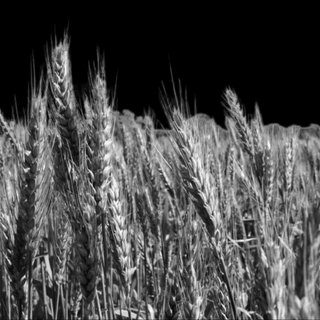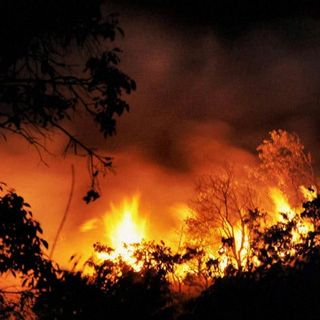Manmade satellites and space junk are causing light pollution in space by reflecting sunlight back to Earth — to the extent the light is interfering with astronomers’ ability to study space, a new study has found.
Published in the Monthly Notices of the Royal Astronomical Society: Letters, the study found that the increasing number of satellites brighten the overall night sky by more than 10% globally — exceeding limits and estimations of artificial brightening of the night sky made by astronomers about 40 years ago.
“We expected the sky brightness increase would be marginal, if any, but our first theoretical estimates have proved extremely surprising,” Miroslav Kocifaj, an experimental physicist from the Slovak Academy of Sciences and the lead author of the study, said in a statement.
Satellites, along with space debris comprising launch vehicles and fragments that have broken away from such objects, are distributed in orbit around the Earth. This space junk is present in different shapes and sizes — ranging “from micrometers to tens of meters,” according to the study. These objects are reflecting sunlight and scattering it — often in the direction of the Earth, hindering space observation.
“Unlike ground-based light pollution, this kind of artificial light in the night sky can be seen across a large part of the Earth’s surface … [and] has a much larger geographical reach,” noted John Barentine, the director of public policy for the International Dark-Sky Association in Arizona who co-authored the study.
Related on The Swaddle:
Japanese Scientists Are Developing Wooden Satellites To Minimize Future Space Junk
“Astronomers build observatories far from city lights to seek dark skies,” Barentine explained. But the light pollution due to satellites may soon render observatories’ locations ineffective and adversely affect our ability to study space.
According to the World Economic Forum, there are 6,000 satellites circling the Earth currently, of which, 60% are defunct. To add to that, data by Euroconsult indicates that 990 satellites will be launched every year in this decade, suggesting that by 2028, there could be 15,000 satellites in orbit — and significantly more light pollution.
Experts agree with the researchers about the impact of satellite-prompted light pollution on the future of scientific research. Telescopes “are expecting vast contamination of their images. … [This] will be difficult and costly to compensate for … [and] seriously risk scientists missing out on key scientific discoveries,” Gregory Brown, an astronomer at the Royal Observatory in Greenwich, who wasn’t involved in the study, told The Guardian.
“This is definitely the time to be concerned about the future of both professional and amateur astronomy,” Brown added.




